Patient Assessment
What are we needing to know to choose the right vascular access device for our patients? Our team spends a lot of time assessing the patient and their medical chart before we meet the patient. We need to know type

What are we needing to know to choose the right vascular access device for our patients? Our team spends a lot of time assessing the patient and their medical chart before we meet the patient. We need to know type

Ultrasound use for vascular access is being used more frequently for insertion of several vascular access devices. Using ultrasound for vein access in “difficult” patients can decrease the number of attempts and anxiety for our patients. We have a team

When drawing labs samples from the vascular access device draw only the volume of blood needed for accurate testing. INS states to consider blood sampling through a short peripheral catheter for patients who require multiple laboratory tests, are at

I recently read an article in the Journal of Infusion Nursing, March/April 2013, that really hits home with me. Here is what it had to say: ” Many health care professionals view venipuncture, including the IV catheter insertions, as quick
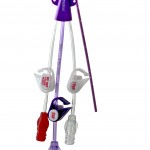
A patient came to the urgent care today with a triple lumen power PICC. The patient was from a local skilled nursing facility and was being treated for an infection. The nurse called and stated they were unable to
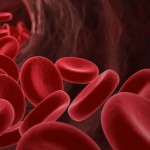
AJIC February 2013, highlights several articles on central line associated bloodstream infections (CLABSI) an official publication of APIC. The article: “The United States’ progress toward eliminating catheter-related blood stream infections: Incidence, mortality and hospital length of stay from 1996 to
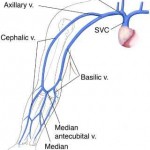
What is your rate of success in placing PICC lines? If you can see and feel the vein, then probably pretty successful. The challenge lies in the patient that has no visible access. The PICC kits usually come with

Infusion Ports, also called Implanted Chest Ports is a Vascular Access Device that is placed under the skin of the chest wall (planted), and the catheter tip is fed to the lower third of the SVC. Ports are a great
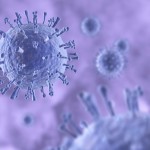
Infection rates are on the way down, but there is still a lot of work to do to achieve zero percent. ConsumerReports.org reported in Feb 2013: “The new CDC report focuses on three kinds of infections: central-line bloodstream infections in
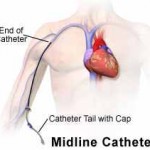
Placing a Midline in the Emergency Department is not our first choice for venous access. We are thinking get a PIV in and start treating. The PIV takes about 5 minutes to place. Why not be proactive for our patients